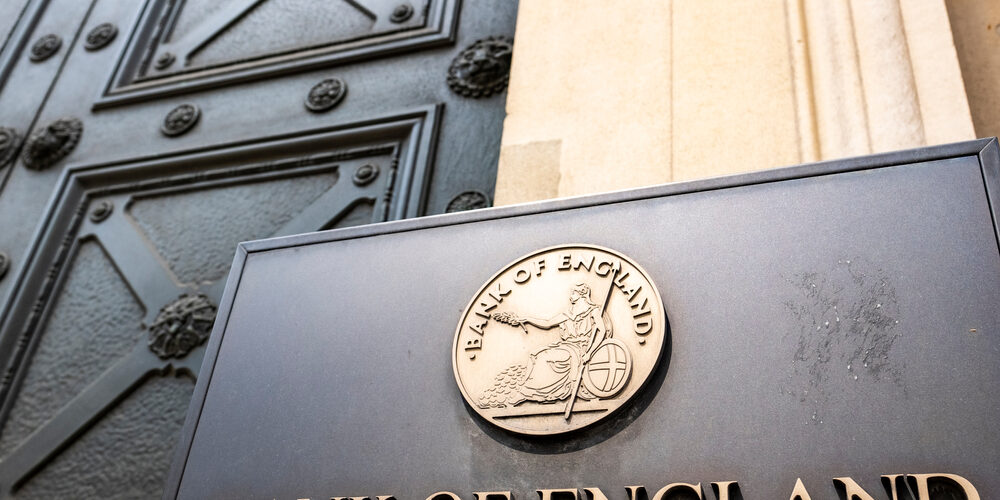Blog
Bank of England
Eight-oldest bank in the world as founded in 1694, the Bank of England (BoE) began as a private bank that would act as a banker to the Government. The Bank was nationalized in 1946 which gave the Government the power to appoint the Bank’s governors and directors, and to issue directions to the Bank. It gained independence to set monetary policy in 1997.
The Bank is overseen by a Court of Directors, appointed by the Queen on the recommendation of the Prime Minister and the Chancellor. The Court of Directors is responsible for setting and monitoring the Bank’s strategy and making key decisions. The Bank is primarily responsible for setting policy – for interest rates, for financial stability, and for the regulation of banks and insurance companies.
Through monetary policy, BoE influence how much money is in the economy and how much it costs to borrow. There are two main monetary policy tools. The interest rate that BoE charges banks to borrow money from is – the Bank Rate. Second, open market operations or asset purchases referred also to as quantitative easing (QE).
Primary the goal of monetary policy is to affect prices or the rate of inflation. The Government set the target of inflation at 2%. Furthermore, BoE supports the Government’s other economic aims for growth and employment.
The monetary Policy Committee (MPC) decides what monetary policy action to take and announces policy eight times a year (roughly once every six weeks). Nine members of MPC need to consider what inflation and growth in the economy are likely to be in the next few years as it takes around two years for monetary policy to have its full effect on the economy. The chair of the Monetary Policy Committee and the Governor of the Bank of England is Mark Carney.
“Promoting the good of the people of the United Kingdom by maintaining monetary and financial stability,” is the bank’s stated objective.
You may want to learn about the other central banks >>>> BOJ


